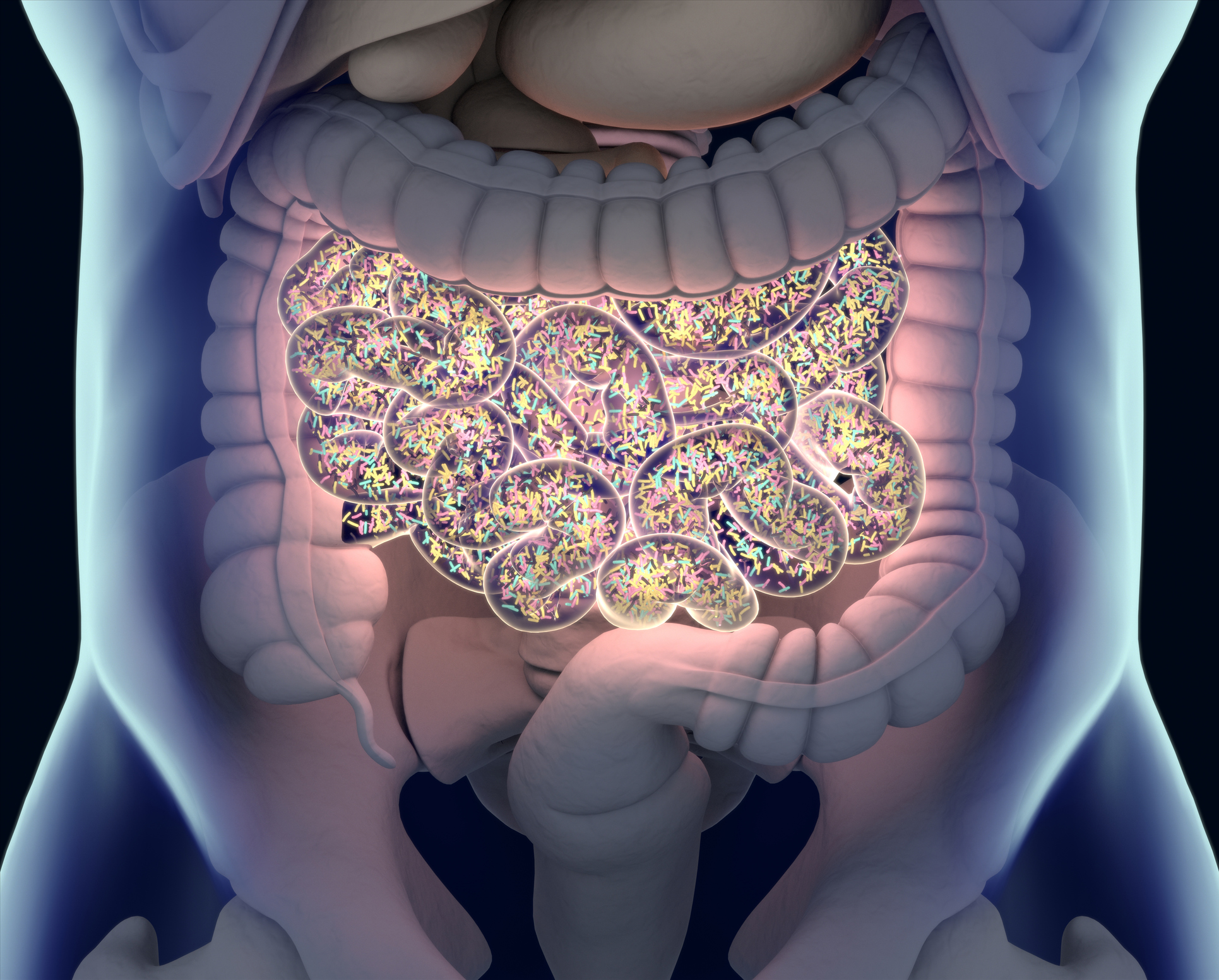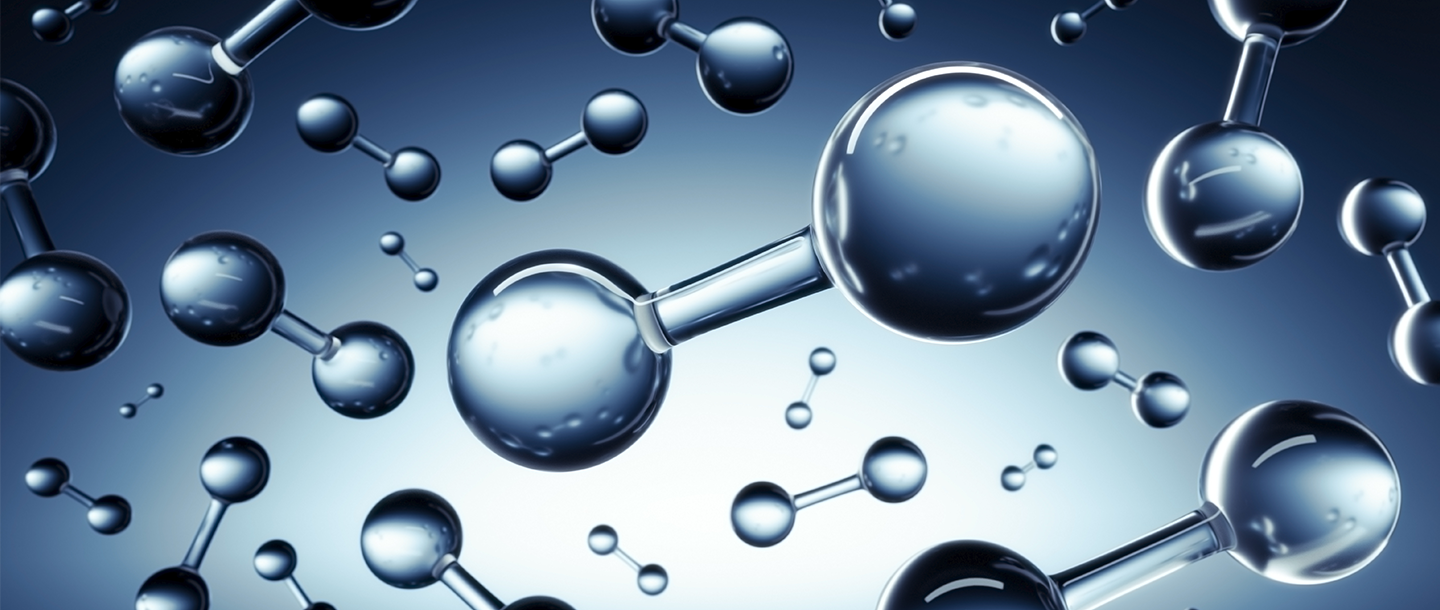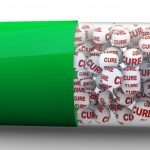
Dr. Maxwell Nartey
Professor of Symptometric Science, American School of Symptometry, NFP
World Center for Health Education and Scientific Enlightenment
How do our colon bacteria keep us healthy? It is the consumption of the right sulfur foods that helps our gut bacteria to keep us healthy. How? They use sulfur from the scientifically-good foods we ate to produce gut biotin. Then, some liver cells would use gut biotin to produce four carboxylases. From gut biotin to carboxylases.
What is carboxylase?
A carboxylase is an enzyme that speeds up the addition of carbon dioxide when producing a carboxyl group. Those who thought humans do not need carbon dioxide because it is a waste gas that must be exhaled should think again.
We grew up learning that humans inhale oxygen and exhale carbon dioxide, and plants do the opposite; they take in carbon dioxide and give off oxygen. This turned out to be partially true, not entirely. Here are the facts.
Plants use some oxygen, and humans do also use some carbon dioxide. Below 30%, carbon dioxide is not toxic to the blood. It is rather helpful.
As a matter of fact, 25 to 32% of carbon dioxide, especially in the digestive system is useful because it serves a purpose in digestion. It is the rest that should be expelled. Without enough carbon dioxide in the body, there won’t be a carboxyl group. Also, if the level of carbon monoxide in the body is extremely high, enzyme production will grind to a halt, and the person will die.
What is the importance of a carboxyl group?
A carboxyl group is an indispensable resource provider in protein production. Here is why.
In a carboxyl group are carboxylic acid and acetic acid. It is these two acids that ribosomal RNA in the fibroblast uses to produce proteins.
We eat protein foods such as fish, poultry, beans, etc., and our fibroblasts use carboxylic acid and acetic acid to turn digested food protein into collagen (human protein), while proteases turn digested protein into peptides, dipeptides, neuropeptides, etc. This is why we must eat to live. If our gut bacteria had not produced biotin, and our healthy liver had not used gut biotin to produce four carboxylases, it would have been impossible to produce collagen for our hair, fingernails, toenails, eyelashes, eyebrows, skin, bones, teeth, etc.
Those who claim that collagen is made with vitamin C failed to tell the whole truth about collagen. They should have given greater prominence to carboxylic acid and acetic acid. By the way, the acetic acid that is in the carboxyl group is not the acetic acid in vinegar. Plants produce their own acetic acid, and we are not plants.
Every bone, tooth, organ, membrane, hair, fingernail, etc. is made with human protein (collagen). Then, our fibroblasts also use gut biotin to produce 8 muscle proteins, and it is gut biotin that our colon bacteria produced to start the entire protein-production process. Therefore, it is obvious that we would not have had collagen without our gut bacteria.
People keep wondering why they do not have strong bones, strong teeth, disease-resistant tissues, etc. They should stop wondering. The three fundamental questions they should be asking themselves are:
- Do they know what it takes to take good care of colon bacteria?
- Are they producing gut biotin? Biotin that is sold in nutrition stores pales in comparison to gut biotin that our colon bacteria use sulfur 60 to produce. Taking antibiotics would eliminate gut bacteria. The cell-friendly sulfur from the foods we eat creates an alkaline environment favorable to the spontaneous proliferation of at least 30 different strains of colon bacteria. Probiotics are colon bacteria that were produced outside the colons. It turns out that bacteria that are produced outside the colons (probiotics) lack the natural ability to produce biotin, NAD, and niacinamide. Now, the third and final question.
- Can they produce a carboxyl group to enable ribosomal RNA in their fibroblast to produce collagen for their teeth, bones, lungs, liver, colons, etc.?
If they cannot answer these three questions satisfactorily, they must find Symptometry for some immediate assistance. If not, they will remain in poor health suffering from colitis, ulcerative colitis, diverticulitis, colon tumors, polyps, chronic colic, chronic constipation, etc. Health is and shall always remain an individual journey.
Doing periodic colon irrigation, purging oneself periodically with oils or herbs, doing an enema, and fasting, would not enhance colon health one bit. Fasting is good for other reasons, but not for enhancing the health of the large intestine.
The liver and the colons work as a team. They are interdependent, interrelated, and interconnected. Without the colons, the liver wouldn’t have gut biotin, gut niacinamide, and the other B vitamins that serve as cofactors when making enzymes. Also, without enzymes, all biochemical activities would grind to a screeching halt.
NAD (nicotinamide adenine dinucleotide) is the vitamin-derived compound that keeps every cell alive or in a state of suspended animation until the cell can recover. It is gut bacteria that produce it. This means, without NAD, there would be necrosis (cell death).
Finally, the liver cells use carboxylases to speed up the conversion of essential amino acids to hundreds of non-essential amino acids. Without such a conversion, a nursing mother cannot produce breast milk to feed her baby. Also, lipase is made with carboxylases. It is carboxylases and lipase that digest fats, and oil and produce more HDL than LDL. This prevents hyperlipidemia or a cholesterol problem.
Finally, the small intestine uses carboxylases to speed up the production of sucrase, lactase, and maltase to digest disaccharides.
What can a person achieve without well-nourished gut bacteria? Nothing.
The more carboxylases a person produces, the higher the quality of insulin, cortisol, lipotropic hormone, emulsification enzymes, carboxypeptidase, pancreatic lipase, and intestinal lipase that their glands will produce.
Veganism and colon health
Vegans are individuals who avoid meat, fish, and poultry because they cannot digest them. Instead of accepting the fact that they cannot produce carboxylases to digest flesh protein, they keep misleading themselves into thinking that flesh foods “were not meant for the human digestive system”. They are dead wrong on all counts.
For optimal health, a person must also eat flesh foods because flesh foods have certain amino acids that fruits and vegetables do not have.
Which food group can’t carboxylases digest? None. They will thoroughly digest every food meaning sugar, fat, oil, and protein, without leaving any residues behind. This is better than amazing.
The two amylases that digest starch are mostly made from gut biotin, and by extension, carboxylases.
This is why a person who can thoroughly digest food that was carefully selected, and scientifically cooked, will be far healthier and disease resistant than a person who knows nothing about carboxylases.
I have shown how important colon bacteria are to a person’s overall health. The liver and large intestine are vital to the health of our entire body.
Salmonella Typhi is the bacterium that always targets the lower gastrointestinal tract because it knows that the liver depends mightily on the large intestine for nutrients and resources. Therefore, attacking and destroying the colons would also shut down the liver. What a smart move and brilliant calculation!
What else does Salmonella Typhi do? It causes typhoid fever, black blood, black menses, and black stool.
The knee-jerk reaction to every infection is to prescribe antibiotics. This is dead wrong as a method. Also, taking an anti-diarrheal product to stop diarrhea is totally counterintuitive. Here is the fact that the whole world keeps missing.
Ammonia poisoning stops the T cells in their tracks, thereby making the person vulnerable to all kinds of infections. Colon bacteria produce ammonia, but it must be circulated to the liver to be detoxified and turned into urea. If the conversion from ammonia to urea fails, ammonia will poison the blood and the large intestine.
People have halitosis (bad breath), and they do not know why? Instead, they suck on a mint, candy, etc. to mask their bad breath. Their gut is crying for help. It needs sulfur 60.
People have colon diseases or ailments because their sulfur reserves are extremely low, and they have been without cell-friendly sulfur for years, if not decades. Regrettably, the importance of cell-friendly sulfur to gut bacteria is not taught in medical school, naturopathic school, acupuncture school, herbal school, and chiropractic school. This is unfortunate. Only the American School of Symptometry, NFP teaches it.
People tend to associate the large intestine only with feces. No. They need to broaden their understanding of the contribution of gut bacteria to cellular health in general.
Feces would not be ready for natural evacuation unless the gut bacteria have turned some of it into resources and essentials (milligrams of each vitamin, NAD, skatole, stercobilin, methane gas, ammonia, phenol, methyl, sulfur gas, etc.), and they need between 12 and 48 hours to accomplish this task. Why rush them? If they are not ready, they are not ready. They created their own rhythm. This rhythm must be respected.
Not being able to move the bowel in 24 hours or in two days indicates that colon bacteria ran out of sulfur 60, and they also ran out of elastin for peristalsis (wavelike movement). From where would they get sulfur 60? Symptometry wants people to be enlightened in matters of cellular health so that they are not exploited. Health is our personal responsibility. Symptometry is now giving you the knowledge to take good care of your health.
If the colons are under a lot of stress, and phytol has not been produced in years, polyps or a tumor may grow in the colons. Polyps and tumors are obstructive, even if they are not cancerous.
Why do people have parasites?
Parasites such as threadworms, flukes, roundworms, pinworms, Ascaris, Toxacaris, etc. abound in many individuals. The question is, why do some individuals have parasites even after drinking bottled water or treated water and after avoiding pork? The answer is their gastrointestinal tract lacks sulfur 60.
Parasites gravitate naturally towards individuals who do not have sulfur 60, and this is because they find their growth factors in mineral residues. Parasites hate sulfur 60 because it rips off their skin before killing them. Driving parasites out is not good enough. They must be killed and mashed before stool eliminates their filthy carcasses.
If people knew what our colon bacteria do for us, they would seldom take antibiotics.
Are probiotics the solution to the antibiotic problem? No. Here is why.
Taking probiotics to reverse the negative effects of antibiotics will not provide colon bacteria with all the sulfur 60 they need. This is because if the 30 strains of colon bacteria do not have sulfur 60, they will not produce biotin, NAD, and niacinamide.
If probiotics cannot enable colon bacteria to produce gut biotin, NAD, and niacinamide; and they cannot help the liver to produce four carboxylases, why take them?
Vegetables as good sources of sulfur
All vegetables have sulfur but only a few vegetables have the kind of sulfur allotropes that are close to sulfur 60. Broccoli is a known cruciferous vegetable whose sulfur is closest to sulfur 60 but not quite. Here is why.
Broccoli is not made of only sulfur. There are acids, water, and other compounds in broccoli, but the water in broccoli dilutes sulfur to the point where it cannot produce enough sulfur for the skin, fingernails, toenails, eyes, hair, liver, etc. However, the sulfur from broccoli can be used as an internal cleanser.
After years of experimentation, Symptometry was able to find sulfur 60, sulfur 60.5, sulfur 60.05, etc.
Use science-based knowledge to take good care of your colon bacteria, and your colon bacteria would never let you down.
© Copyright 2022, The American School of Symptometry, NFP. No part of this publication may be reproduced or transmitted in any form or by any means, electronic or mechanical, including photocopying, recording, or by any information storage and retrieval system without the written permission of The American School of Symptometry, NFP. Library of Congress copyright number Txu 1-621-370, Washington D.C.


 Previous Post
Previous Post Next Post
Next Post